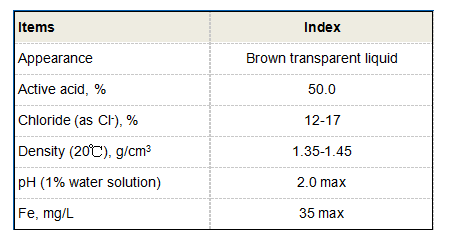Poly Aluminium Chloride Applications in Water Treatment Processes and Benefits
Poly Aluminium Chloride for Water Treatment
Poly Aluminium Chloride (PAC) is a widely used coagulant in water treatment processes, known for its effectiveness in purifying drinking water and treating wastewater
. Its increasing popularity is attributed to its efficiency and the benefits it offers over traditional coagulants like aluminium sulphate.PAC is a versatile inorganic polymer that primarily consists of aluminium, chlorine, and oxygen. Its application in water treatment involves the removal of suspended solids, colloidal particles, and other impurities from water. When PAC is added to water, it hydrolyzes and forms positively charged aluminium hydroxide ions. These ions attract negatively charged particles in the water, leading to the agglomeration of impurities into larger flocs that can be easily removed through sedimentation or filtration.
One of the key advantages of using PAC over other coagulants is its ability to function effectively across a wide range of pH levels. This characteristic allows PAC to be used in various water qualities, making it suitable for treating surface water, groundwater, and even industrial wastewater. Furthermore, PAC has been shown to produce less sludge compared to traditional coagulants, which simplifies the disposal process and can lead to cost savings for treatment facilities.
poly aluminium chloride for water treatment

In addition to its effectiveness, PAC is also easier to transport and store than many other coagulants. It is typically supplied in a concentrated liquid form or as a dry powder, which enables facilities to optimize space and reduce the risks associated with handling hazardous materials.
Environmental considerations are also important in the discussion of PAC. As regulatory pressures around water quality intensify, developing, and maintaining efficient treatment processes becomes crucial. PAC not only helps meet regulatory requirements but also minimizes the environmental impact of chemical usage in water treatment.
In conclusion, Poly Aluminium Chloride is an essential chemical in the water treatment industry. Its unique properties allow for efficient removal of impurities, suitability across various water types, and reduced sludge production, making it a preferred choice for many water treatment facilities. As water quality demands continue to evolve, PAC will likely remain a vital component in ensuring safe and clean water for communities worldwide.
-
The Ultimate Guide to Flocculants: Transforming Water TreatmentNewsNov.01,2024
-
Improve Your Water Treatment Solutions with PolyacrylamideNewsNov.01,2024
-
Enhance Your Water TreatmentNewsNov.01,2024
-
Empower You to Achieve the Highest Standards of Water QualityNewsNov.01,2024
-
Effective Scale InhibitorsNewsNov.01,2024
-
Discover the Power of Poly Aluminum Chloride in Water TreatmentNewsNov.01,2024





